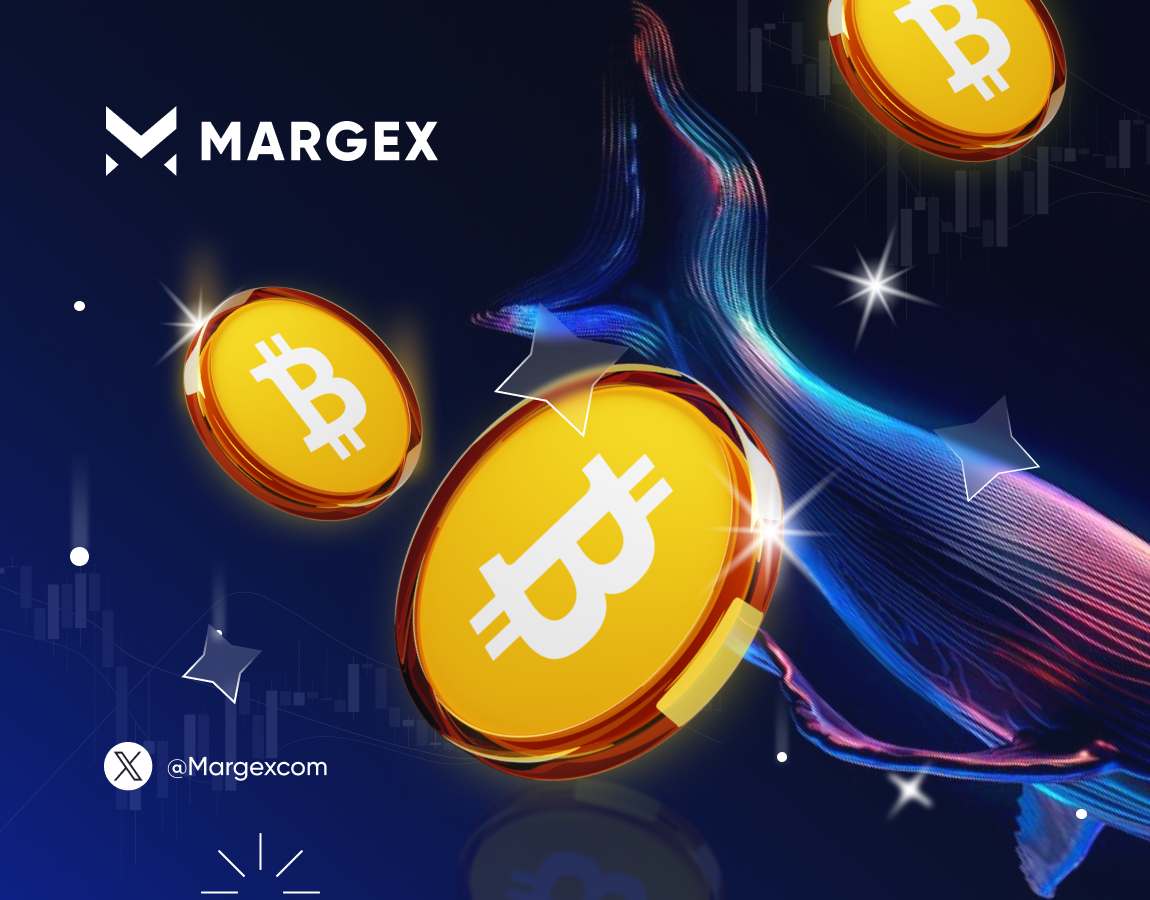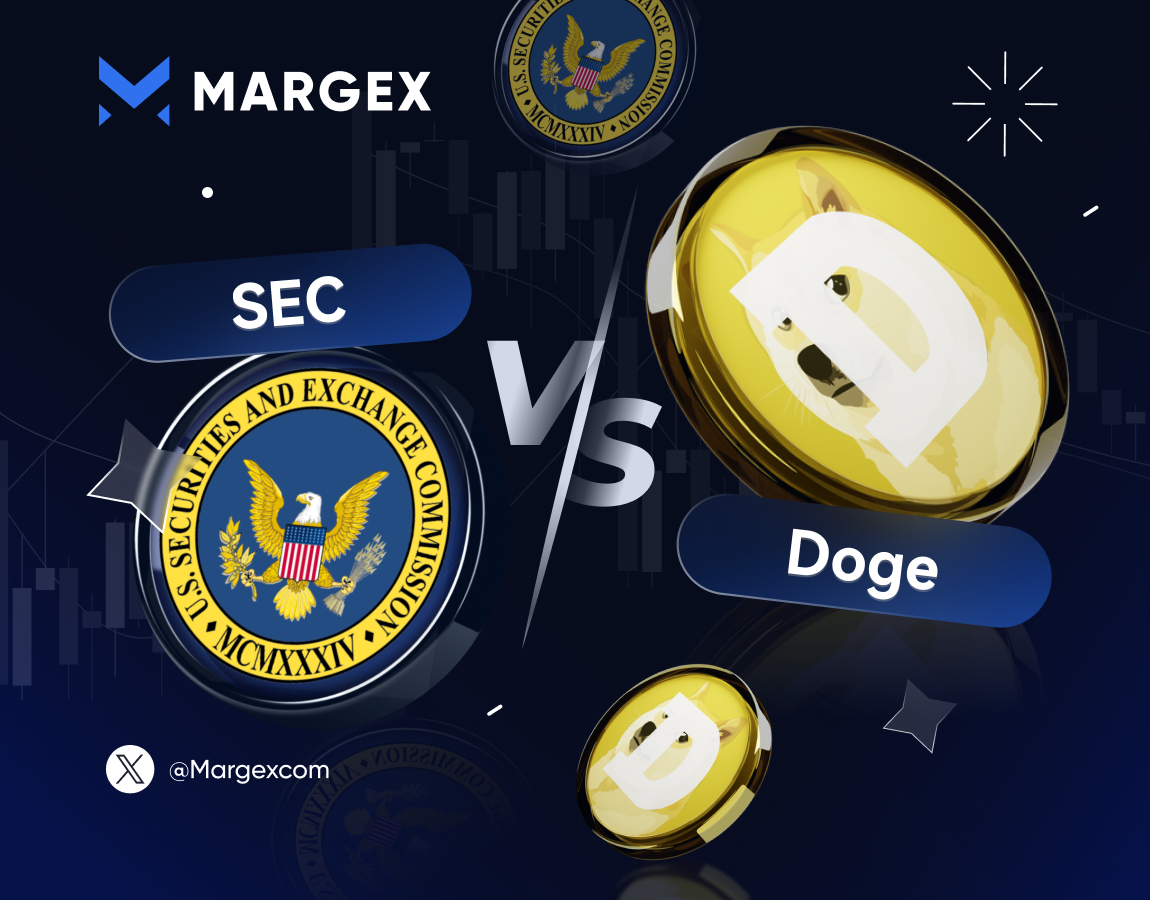
Average crypto traders and investors can often read about “crypto whales” in news articles or in X posts. Cryptocurrency whales are financial institutions, trading companies and other entities, as well as individuals that possess large holdings of cryptocurrencies – Bitcoin, Ethereum, XRP and other altcoins.
There have been lengthy arguments as to how much, say, BTC a person/entity has to own to be considered a whale. Overall, there is a common understanding that anyone who owns 1,000 Bitcoins can be called that easily. Some believe that holding 100 BTC is also enough but that would be a small whale. Among the top crypto whales currently well-known in the crypto market are Galaxy Digital CEO Mike Novogratz, mysterious Bitcoin founder Satoshi Nakamoto, investor Tim Draper, founder and former CEO of Binance Changpeng Zhao (CZ), Ethereum co-founder Vitalik Buterin, MicroStrategy founder Michael Saylor, Elon Musk (who is rumored to own a large bag of Dogecoin), and many others.
Everybody watches the behavior of whales via special transactions trackers, such as Whale Alert, to make their own trading decisions based on whales’ market behavior.
These entities and/or individuals have certain power to influence the crypto market by making the coins’ prices go upward or fall as they involve a lot of smaller market participants in their hidden manipulations.
How do whales manipulate the market?

The term “whales” has been borrowed by the crypto space from the traditional finance sphere, where it has the same meaning and is used for calling well-off individuals or big financial institutions who are able to impact an asset’s price by conducting various trading activities in the market.
In particular, cryptocurrency whales can manipulate the market sentiment if they decide to buy or sell massive quantities of a certain coin. Market is very sensitive to these trading decisions and can react to them instantly. For example, if a whale decides to dispose of a large amount of Ethereum, this decision can cause a big price decline in the short term. It would make smaller investors and traders start panic selling their ETH. Just similarly, when a whale decides to buy a large amount of an altcoin that is not know very well among other market participants, this purchase could cause the coin’s price to go to the moon as it will attract a lot of smaller buyers who will make the price skyrocket by buying bags of it.
There also other manipulation tactics frequently adopted by whales, much more sophisticated ones. Among them there is a so-called “pump and dump” scheme. When such a scenario gets pulled off, a group of whales or traders coordinated among each other join forces to create an artificial surge of a low-cap cryptocurrency as they began coordinated buying. As soon as the price soars to a new level (thanks to smaller unaware investors purchasing too), they begin to dump this coin at enormous profits. This causes the coin’s price to crash and leave retail traders with big losses.
Other ways of whale market manipulation
Aside from these, whales can make a substantial impact on market sentiment and market participants’ behavior by issuing public statements regarding Bitcoin or certain altcoins, such as predicting their price action or talking about increasing adoption, utility, etc.
Well-known whales can endorse a particular cryptocurrency project or make bullish prediction about a crypto, thus attracting smaller retail investors and pushing the demand for a coin high up. Also, by making negative comments about a certain cryptocurrency or its founder, team, etc, a whale can create a totally opposite effect, which will result in a massive sell-off and a big price downfall.
Regulatory measures against price manipulation in the market

However, not all price movements in the crypto market are caused by whales conducting price manipulation. Changing the direction market dynamics takes a variety of different and complex factors. Those include asset supply and demand, regulatory decisions, investor sentiment, as well as macroeconomic events, various indexes, such as CPI (consumer price index), US jobs reports, etc.
Still, the fact of the presence of whales and their power to move markets at will makes trading and investing in the cryptocurrency market even more complex and risky. A good example of a whale influencing prices in the market was when in 2018-2021 Elon Musk posted tweets with memes about Bitcoin and Dogecoin, pushing the prices of these leading cryptocurrencies by just mentioning them in his bullish or funny posts. Musk mentioned not only crypto but also stocks of GameStop, Tesla, etc, which also fueled the prices of these companies’ shares.
Many investors and analysts back then demanded that Musk’s behavior be investigated for manipulating the market. And when Musk bought Twitter and rebranded it as X, he changed the logo of the platform from the blue bird into a DOGE mascot for a week. During that week, the DOGE price saw an astonishing price surge and many whales sold their Dogecoin holdings at high profits.
Recently, regulators have begun to address market manipulation more seriously. The SEC even sued Musk, accusing him of attempting to manipulate Tesla share price but the tech billionaire won the case.


